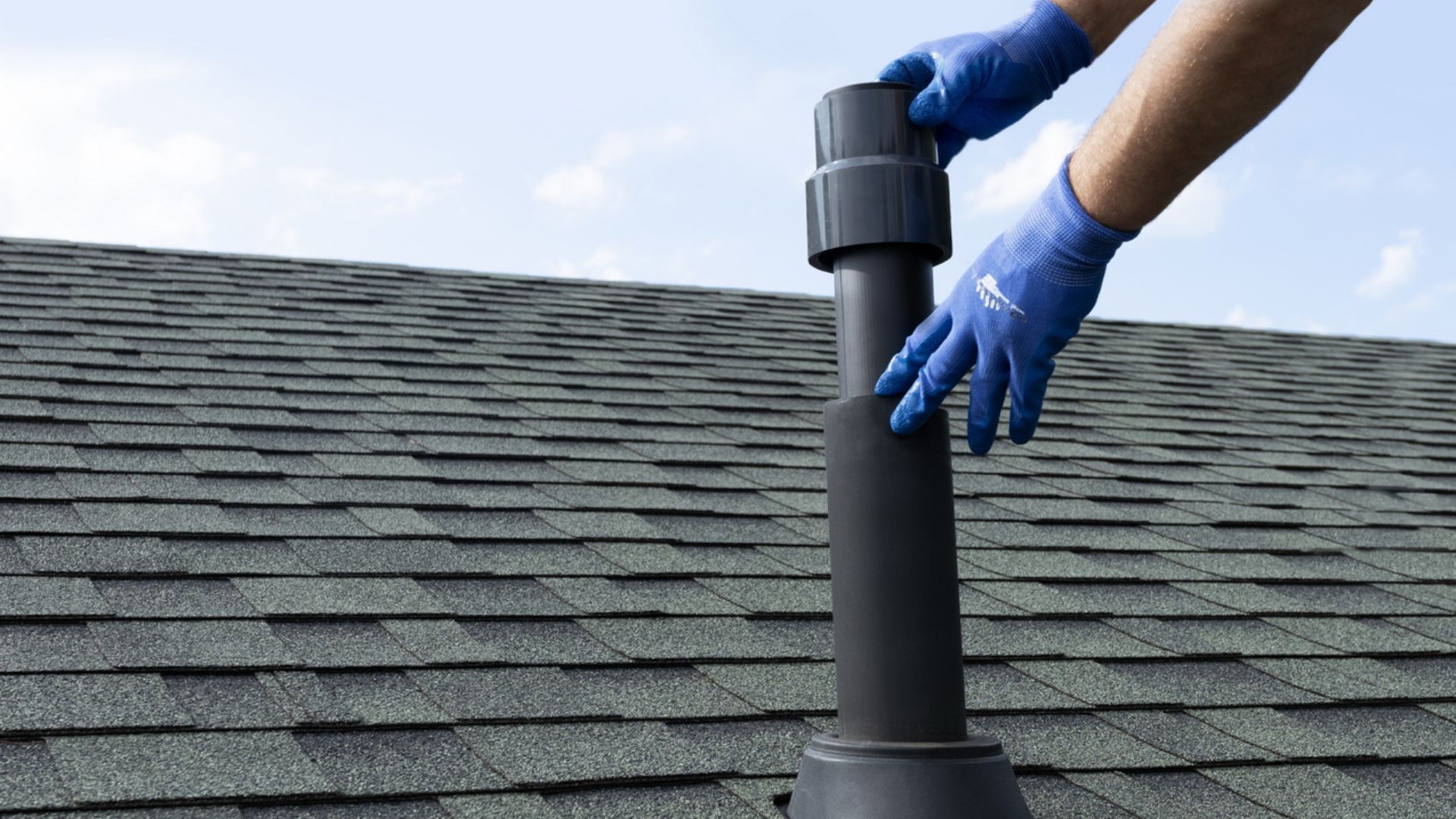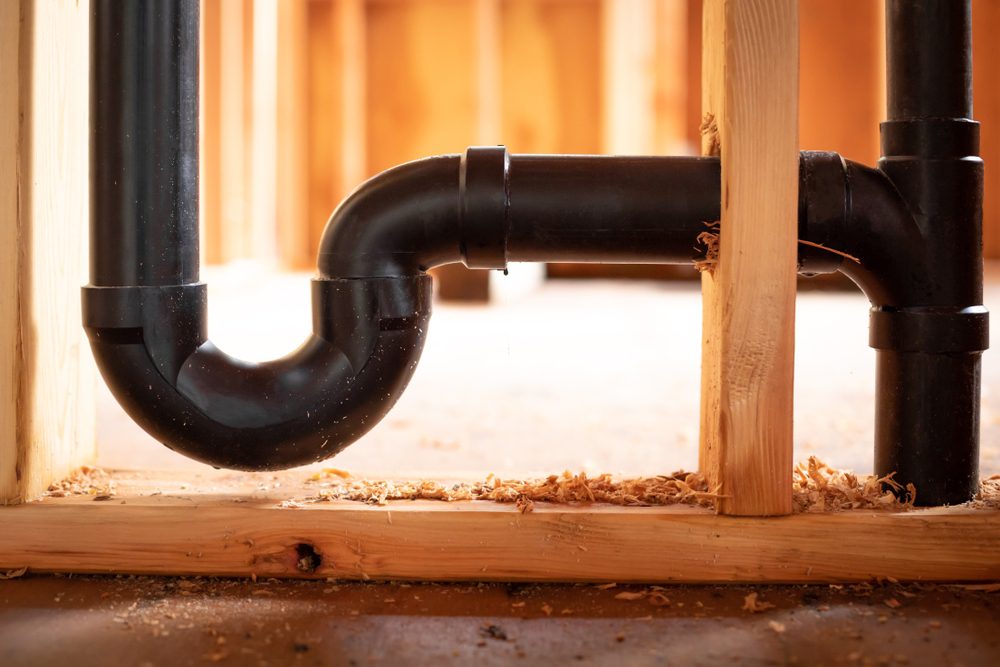Correct Ventilation in Plumbing Systems: What It Matters
Correct Ventilation in Plumbing Systems: What It Matters
Blog Article
The writer is making a number of good observations relating to What Is A Plumbing Vent & How Do They Work? as a whole in the article following next.

Appropriate ventilation in plumbing systems is usually neglected, yet it is crucial for preserving the capability and safety of your home's pipes. Air flow helps control atmospheric pressure, avoid the accumulation of hazardous gases, and ensure the effective removal of waste. In this guide, we will explore the importance of correct plumbing air flow, exactly how it works, and the benefits it gives your pipes system.
Recognizing Air Flow in Pipes
Ventilation in pipes describes the network of pipelines that permit air to stream with the water drainage system. These vents offer numerous purposes, including managing air pressure within the pipelines, avoiding sewage system gases from entering the home, and aiding in the smooth circulation of wastewater.
Just How Air Flow Functions in Plumbing Equipments
Atmospheric Pressure Policy
Correct air flow keeps well balanced atmospheric pressure within the plumbing system. When water moves with pipes, it displaces air. Without adequate air flow, this displacement can create negative pressure, causing reduce drains pipes or siphoning of water from traps, which can create unpleasant smells to leak right into the home.
Stopping Drain Gas Build-up
One of the most critical functions of plumbing vents is to avoid drain gases, such as methane and hydrogen sulfide, from accumulating within the home. These gases can position serious health and wellness risks and are extremely flammable. Vent pipes permit these gases to escape securely outdoors.
Assisting in Waste Removal
Ventilation assists in the effective removal of wastewater by protecting against airlocks in the drainage system. When air can move openly via the vents, it allows water and waste to move efficiently via the pipelines, reducing the threat of obstructions and backups.
Types of Pipes Vents
Main Heap Vent
The main pile vent, additionally called the vent stack, is the primary air vent in a pipes system. It prolongs from the main drainpipe align with the roof, allowing gases to run away and fresh air to get in the system.
Branch Vent
Branch vents connect to the major stack air vent and serve private components, such as sinks, toilets, and showers. These vents ensure that each fixture has ample ventilation to work properly.
Air Admittance Valve (AAV).
An Air Admission Shutoff (AAV) is a one-way shutoff that permits air to enter the plumbing system without the requirement for a standard air vent pipeline expanding via the roof. AAVs are typically used in remodellings or areas where installing a conventional vent is unwise.
Indications of Poor Ventilation in Plumbing.
Slow Draining Fixtures.
If your sinks, tubs, or toilets are draining pipes gradually, maybe an indication of bad ventilation. Poor air circulation can produce a vacuum effect, making it hard for water to drain effectively.
Gurgling Seems.
Gurgling sounds coming from drains pipes are typically a result of air being sucked through water catches due to unfavorable pressure in the pipes. This is a clear indicator of not enough air flow.
Undesirable Smells.
Sewage system smells inside your home are a warning that your plumbing system is not appropriately ventilated. This can indicate that sewer gases are not being adequately aired vent outside, resulting in possibly hazardous conditions.
Common Ventilation Mistakes.
Poor Vent Sizing.
Utilizing small vent pipes can bring about poor air circulation and stress discrepancies in the system. It's important to make use of vents that satisfy the particular needs of your pipes system.
Improper Vent Positioning.
Placing vents too much from the fixtures they serve can minimize their performance. Appropriate placement ensures that air can move easily and efficiently via the system.
Ignoring Code Requirements.
Building ordinance supply particular standards for plumbing air flow. Ignoring these codes can result in a system that stops working to function appropriately and may bring about costly repair services or carcinogen.
Benefits of Correct Air Flow.
Enhanced System Effectiveness.
Appropriately ventilated pipes systems operate much more effectively, with fewer blockages, faster draining pipes, and much less stress on the pipelines. This performance extends the life-span of the pipes system.
Improved Air Quality.
By protecting against sewer gases from entering your home, proper air flow contributes to much better indoor air top quality, making your living environment healthier and a lot more comfortable.
Stopping Water Damage.
Ample ventilation assists protect against water from being siphoned out of catches, which can lead to drain gases going into the home and creating water damage over time.
Steps to Make Certain Appropriate Air Flow.
Consulting Pipes Codes.
Always get in touch with neighborhood pipes codes when creating or modifying your plumbing system. These codes offer the necessary guidelines for proper venting and ensure your system meets security requirements.
Normal Examination and Upkeep.
Routine evaluations can aid identify prospective air flow problems before they end up being significant problems. Upkeep tasks, such as cleansing air vent pipelines and checking for blockages, are important for keeping the system in good working order.
Specialist Installment.
For brand-new installations or major modifications, it's a good idea to employ a specialist plumber. They have the expertise to ensure the air flow system is appropriately created and set up according to code.
Final thought.
Correct air flow is a critical element of any plumbing system, ensuring that it works effectively and securely. By comprehending the relevance of ventilation, identifying the signs of inadequate ventilation, and taking actions to keep your system, you can stop expensive problems and safeguard your home's air high quality.
4 Things You Should Know About Your Plumbing Vents
What Plumbing Vents Are
Also called a vent stack, a plumbing vent is a vertical pipe attached to your drain line that runs through your roof. The plumbing vent pipe, or plumbing air vent, removes gas and odors from your plumbing system and allows fresh air to enter the pipes, helping the water to flow out of the drain pipes.
What Plumbing Vents Do
Plumbing vents have two basic functions. One of which is to allow unpleasant smelling wastewater and sewer gasses to escape your plumbing system instead of entering your home. Plumbing vent pipes are typically located on roofs, away from windows, to ensure the fumes exit the home completely.
The other function of the plumbing vent is to move fresh air into your plumbing system. This helps move water through every plumbing fixture in your house, like toilets and sink drains. Think of the way in which you need to let a little air into the bottle as you pour soda in order to make the drink flow smoothly.
Different Types of Plumbing Vents
True vent: This is the most common vent option. In simplest terms, a true vent is a vertical pipe attached to your drain line that exits through the roof. They often function as the main vent that other fixtures can connect to. Re-vent pipe or auxiliary vent: Attached to the drain line near specific plumbing fixtures, re-vent pipes run up and over to connect to the main vent. Common vent: Two plumbing fixtures installed on opposite sides of a wall are typically tied into the vent stack using something known as a sanitary cross. Wet vent: This venting option operates as a drain pipe and a vent at the same time. Wet vent drainage systems drain water from one fixture while venting the air from another. Although they’ve been used for over 100 years, wet vent systems have only recently been added to the plumbing code in many areas. If you’re planning on installing one in a bathroom remodel, make sure you check your local code prior to construction. Loop vent: For free-standing fixtures like kitchen island sinks, loop vents are ideal. These vent pipes run under the floor, rise from the P-trap, and create a loop inside the cabinet sink. Air admittance valve: An AAV is a one-way mechanical valve typically installed at the site of the plumbing fixture. AAVs allow venting to occur without having to tie into a larger venting system. They’re ideal for venting fixtures where you aren’t able to easily connect to an existing vent system. Common Plumbing Vent Issues
Although vent pipes typically don’t have water flowing through them, they’re still subject to many typical plumbing issues. For example, clogs are one of the most common problems associated with sewer vent pipes. If your vent pipe gets clogged, all of your plumbing fixtures tied into the vent stack will be affected.
A sink with a slow drain that bubbles and gurgles or a strong sewage smell around your toilet are both indicators that your toilet vent pipe is clogged. Because most vent pipes exit through the roof, old leaves, twigs or even a bird’s nest could be clogging the pipe.
Clogs in your vent pipe system cause a buildup of negative pressure, meaning that water won’t be able to flow out of your home very well. It’s similar to putting your finger over the opening of a straw to trap water inside. When you remove your finger, the water is able to flow out of the straw.
If you suspect you have any blockage in your vent, make sure you have a professional come examine the situation. Left unchecked, a blocked air vent can lead to other costly repairs, like leaks and sediment buildup.
Under Pressure
Pipe vents are essential aspects of a home’s plumbing system. Owning a home means learning about all sorts of things you never put much thought into before. But by understanding as much as you can about the important systems of your home, you can keep those budgets intact and those anxiety levels low.
https://www.homeserve.com/en-us/blog/home-improvement/plumbing-vents/

We were shown that editorial about Essential Plumbing Vent Pipes: Understanding Their Role from a friend on our other web address. Liked our review? Please quickly share it. Help another person discover it. I praise you for being here. Return soon.
Book An Appointment Report this page